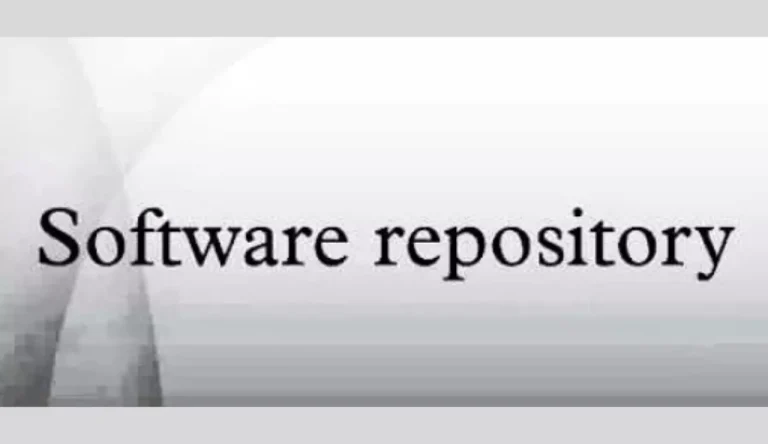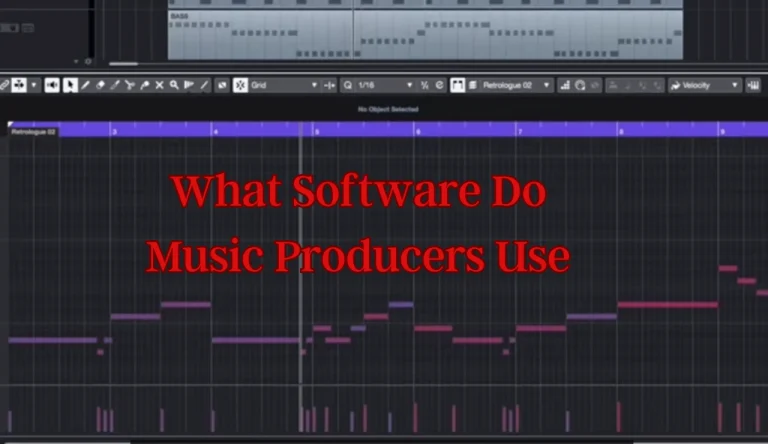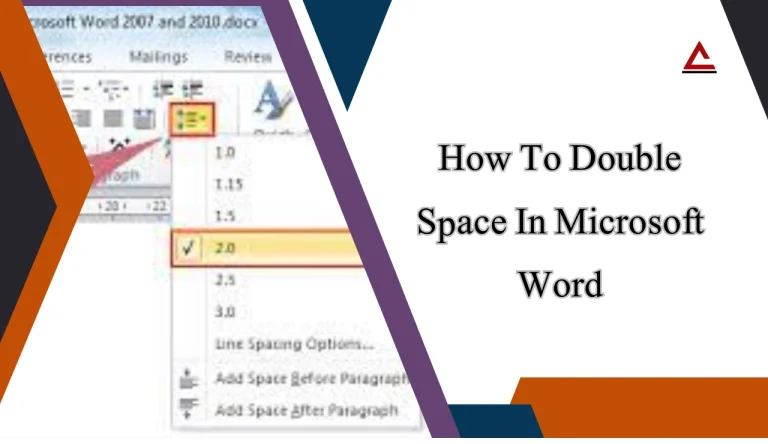What Does Headless Mean In Software
In the vast world of software development, there’s a term that keeps popping up: headless. You may have encountered it in discussions about web applications or content management systems, but what does Headless Mean In Software?
Imagine you’re at a museum, admiring a stunning sculpture. The sculpture itself is the ‘head,’ representing the user interface that we interact with. However, hidden beneath the surface lies the intricate network of wires and supports that bring it to life – this is where the real magic happens.
In software terms, going headless means separating the frontend (the head) from the backend (the body). It allows developers to focus on building robust APIs and data-driven architectures without being tied down by a specific presentation layer. This architectural approach opens up endless possibilities for customization and flexibility across various industries.
From e-commerce platforms to digital signage solutions, headless software has become an indispensable tool for businesses looking to deliver seamless experiences across multiple channels. So buckle up and prepare to delve into the captivating world of headless software!
Key Takeaways
- Headless software separates the frontend from the backend in software development.
- It operates without a user interface, functioning solely through APIs and backend technologies.
- Headless software enables customization and flexibility across various industries.
- It supports multiple devices and platforms seamlessly.
Definition of Headless Software
So, you’re probably wondering what the heck ‘headless’ means when it comes to software, right? Well, let me tell you – headless software is all about operating without a user interface or graphical display.
This means that the software can function solely through APIs and backend technologies, allowing it to be more flexible and scalable. One of the advantages of headless software is its ability to support multiple devices and platforms seamlessly since it doesn’t rely on specific user interfaces.
Additionally, headless software enables faster development cycles as frontend and backend teams can work independently. However, implementing headless software does come with its challenges. It requires a deep understanding of APIs and integration protocols, which may increase development complexity. Also, without a user interface, troubleshooting issues may require more technical expertise.
Despite these challenges, many companies are embracing headless software for its flexibility and potential for innovation in today’s digital landscape.
Understanding the Architecture of Headless Software

Imagine yourself exploring the intricate blueprint of a headless software, where the architecture reveals a world of limitless possibilities. The headless software architecture is designed to separate the frontend and backend, providing flexibility and scalability.
Here are some advantages of this approach:
- Separation of Concerns: With a headless approach, the frontend and backend are decoupled, allowing each to evolve independently. This means that changes can be made to one without affecting the other.
- Omnichannel Capability: Headless software enables content delivery across multiple channels simultaneously, such as websites, mobile apps, smart devices, and even virtual reality platforms.
- Faster Development: Developers can work on different parts of the software simultaneously without dependencies or restrictions imposed by traditional monolithic architectures.
- Enhanced User Experience: Headless architecture allows for personalized user experiences by delivering tailored content based on individual preferences.
By understanding the intricacies of headless software architecture and leveraging its advantages, you can unlock new opportunities for innovation in your applications.
Benefits of Using Headless Software

Unlocking the limitless potential of headless architecture allows for seamless content delivery across various channels simultaneously. With headless software, you can easily distribute your content to websites, mobile apps, smart devices, and more, ensuring a consistent user experience across all platforms.
One of the major advantages of using headless software is its flexibility. Since the front-end and back-end are decoupled, you have the freedom to choose different technologies for each component. This means that you can use the best tools for each specific task without being limited by a monolithic system.
However, implementing headless software does come with some challenges. One challenge is ensuring proper data synchronization between different systems. Since the front-end and back-end are separate entities, it’s important to establish reliable communication channels to keep the data in sync.
Another challenge is managing multiple APIs and integrations. With a headless architecture, you may need to integrate with various services or third-party applications to deliver your content effectively. This requires careful planning and coordination to ensure smooth operation and minimize potential bottlenecks.
Overall, despite these implementation challenges, leveraging headless software brings numerous benefits such as flexibility and scalability that can greatly enhance your content delivery strategy.
Examples of Headless Software in Different Industries
Experience the power of headless architecture in various industries, where it revolutionizes content delivery and enhances user experiences across websites, mobile apps, smart devices, and more.
Headless software offers several advantages, such as increased flexibility and scalability. In e-commerce, for example, headless platforms enable seamless integration between multiple systems, allowing businesses to deliver personalized shopping experiences across different channels.
In the media industry, headless software enables easy management and distribution of content to various platforms simultaneously.
However, implementing headless software can present challenges. It requires a deep understanding of APIs and backend systems to ensure smooth communication between the front-end and back-end components. Additionally, developers need to carefully plan how data is structured and organized to ensure efficient retrieval and rendering of content on different devices.
Despite these challenges, the benefits of headless software make it an attractive choice for many industries looking to deliver dynamic digital experiences.
Future Trends and Growth of Headless Software
The future of content delivery and user experiences is set to be transformed by the continued growth and adoption of headless architecture in various industries. With its decoupled nature, headless software offers flexibility and scalability that traditional monolithic systems cannot match.
Here are four key trends that will shape the future of headless software:
- Increased demand for personalized experiences: Headless architecture enables businesses to deliver tailored content across multiple channels, enhancing customer engagement.
- Integration with emerging technologies: As new technologies like AI and IoT gain prominence, headless software can seamlessly integrate with these advancements to provide innovative solutions.
- Challenges in implementation: While headless architecture brings numerous benefits, its implementation can present challenges such as complexity in managing multiple APIs and ensuring data consistency.
- Adoption in diverse industries: From e-commerce to healthcare, more industries are recognizing the value of headless software and its ability to transform their digital strategies.
To overcome these challenges and fully leverage the potential of headless software, organizations need robust implementation strategies that prioritize interoperability, security, and performance optimization.
Frequently Asked Questions
Conclusion
So there you have it, now you understand what headless software is all about. It’s this amazing technology that allows you to detach the front-end from the back-end, giving you more flexibility and control over your software.
Isn’t that just fantastic? I bet you can’t wait to start using headless software in your own projects! Trust me, once you go headless, there’s no going back. It’s like finding a hidden treasure in the vast sea of software development.
Read Also:






